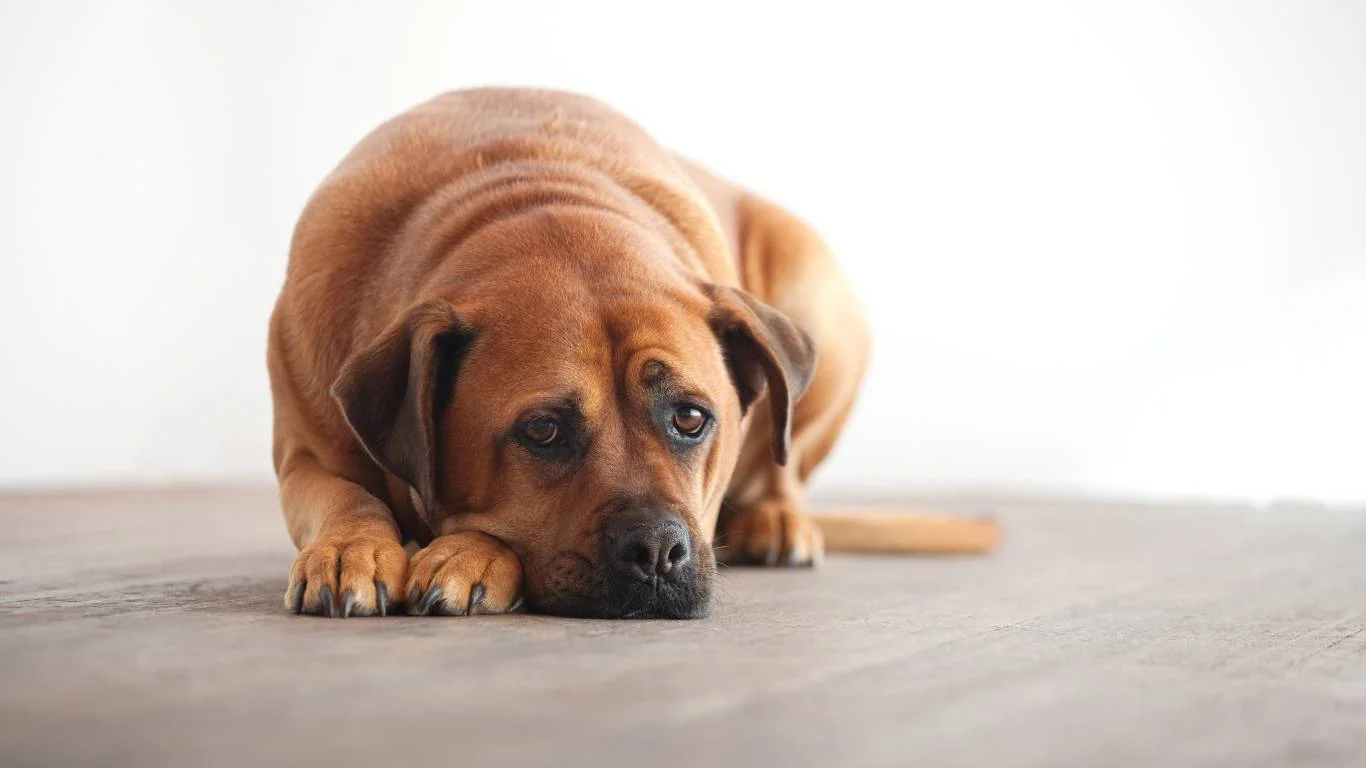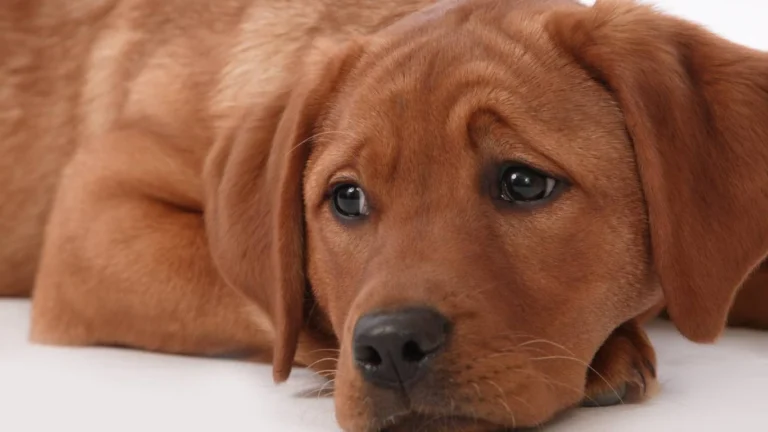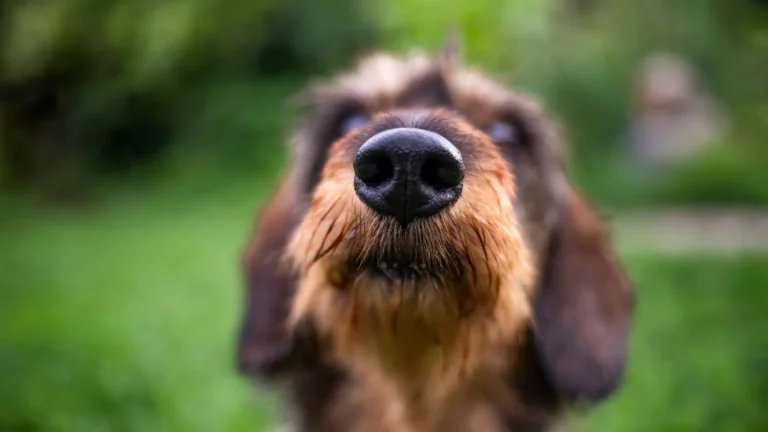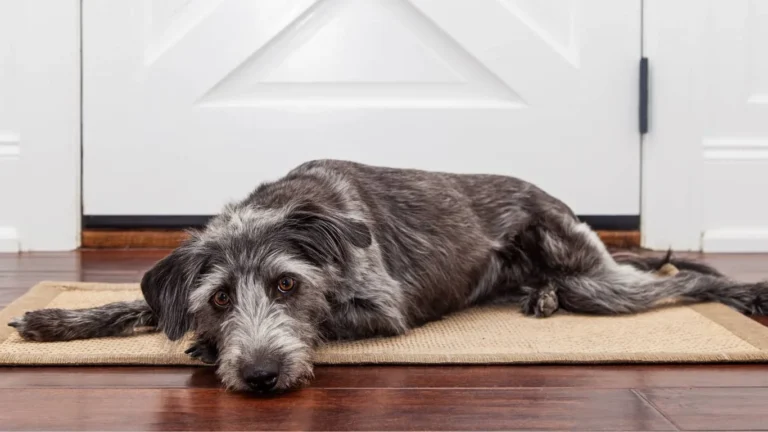Help Your Dog Recover from Surgery Faster: Proven Tips & Vet Advice
Watching your furry best friend go through surgery is nerve-wracking. You’re doing everything you can to keep them comfortable, but now you’re wondering: how to help your dog recover from surgery faster? Trust me, I’ve been there—both as a pet parent and as a Pet Nutritionist working in veterinary clinics. Recovery can feel like a long road, but with the right care, you can speed up healing and make the process smoother for your pup.
Understanding the Healing Process
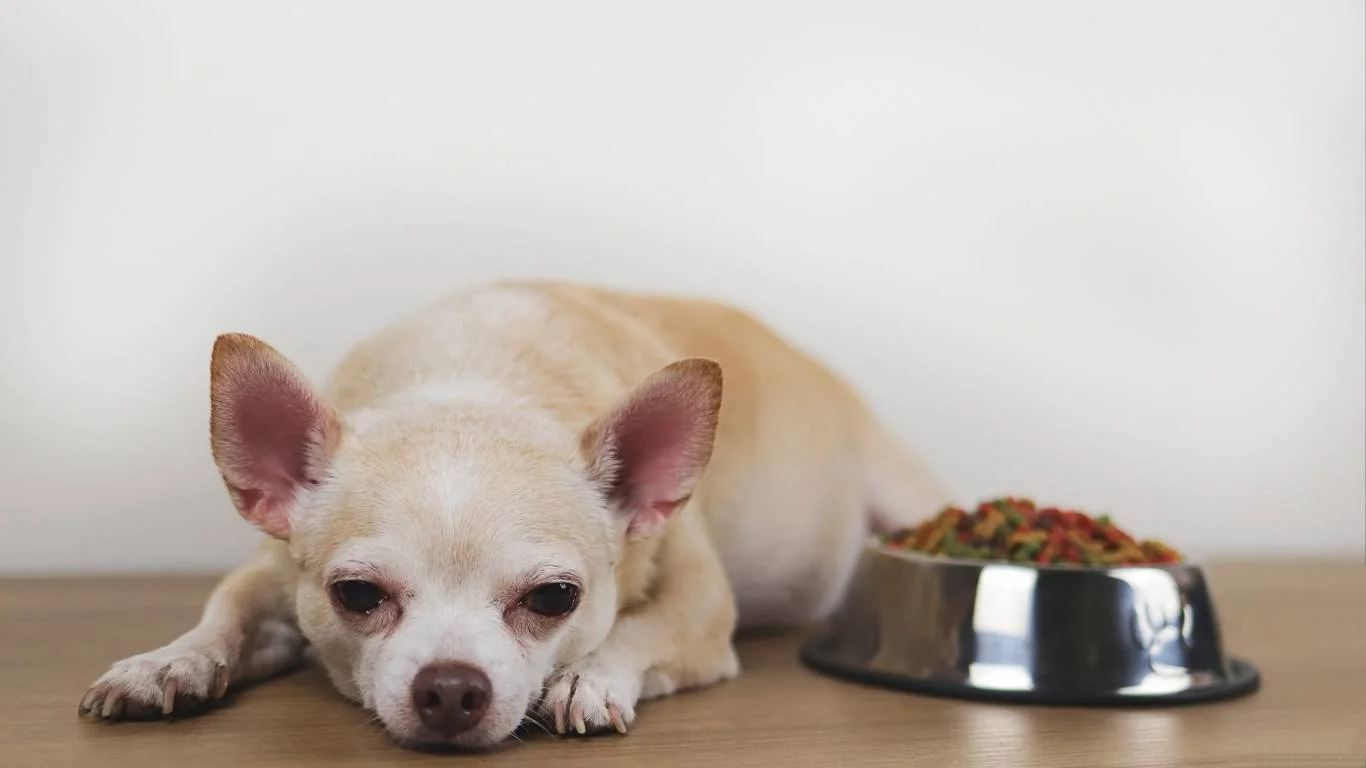
Every dog heals at their own pace, and several factors influence recovery time, including the type of surgery, age, overall health, and even their stress levels. Generally, minor procedures take about 10-14 days, while more complex surgeries could require several weeks.
Here’s what typically happens post-surgery:
- First 24-48 hours: Grogginess from anesthesia, reduced appetite, and discomfort.
- Days 3-7: Incision starts healing, swelling and bruising reduce, but your dog might still feel sore.
- Week 2 and beyond: Tissue repair continues, energy levels improve, and stitches may be removed.
The key to faster recovery? Being proactive in your dog’s post-op care.
Creating the Perfect Recovery Space

One of the first things I always recommend to pet parents is setting up a quiet, cozy, and safe recovery space. Post-surgery, your dog will need a low-stress environment to heal properly.
Here’s what a good recovery setup looks like:
- Soft bedding: Opt for orthopedic or memory foam beds to ease pressure on sore joints.
- Temperature control: Keep the space warm but well-ventilated to prevent overheating.
- Limited movement: Restrict access to stairs and slippery floors to avoid accidental injuries.
- Easy access to essentials: Keep water, food, and potty pads nearby to minimize movement.
- Dim lighting and minimal noise: Helps reduce stress, especially if your pup is sensitive to sound.
From my experience, dogs tend to recover faster when they feel safe and comfortable. Keeping their stress levels low allows their bodies to focus on healing instead of anxiety.
Managing Pain & Medications the Right Way
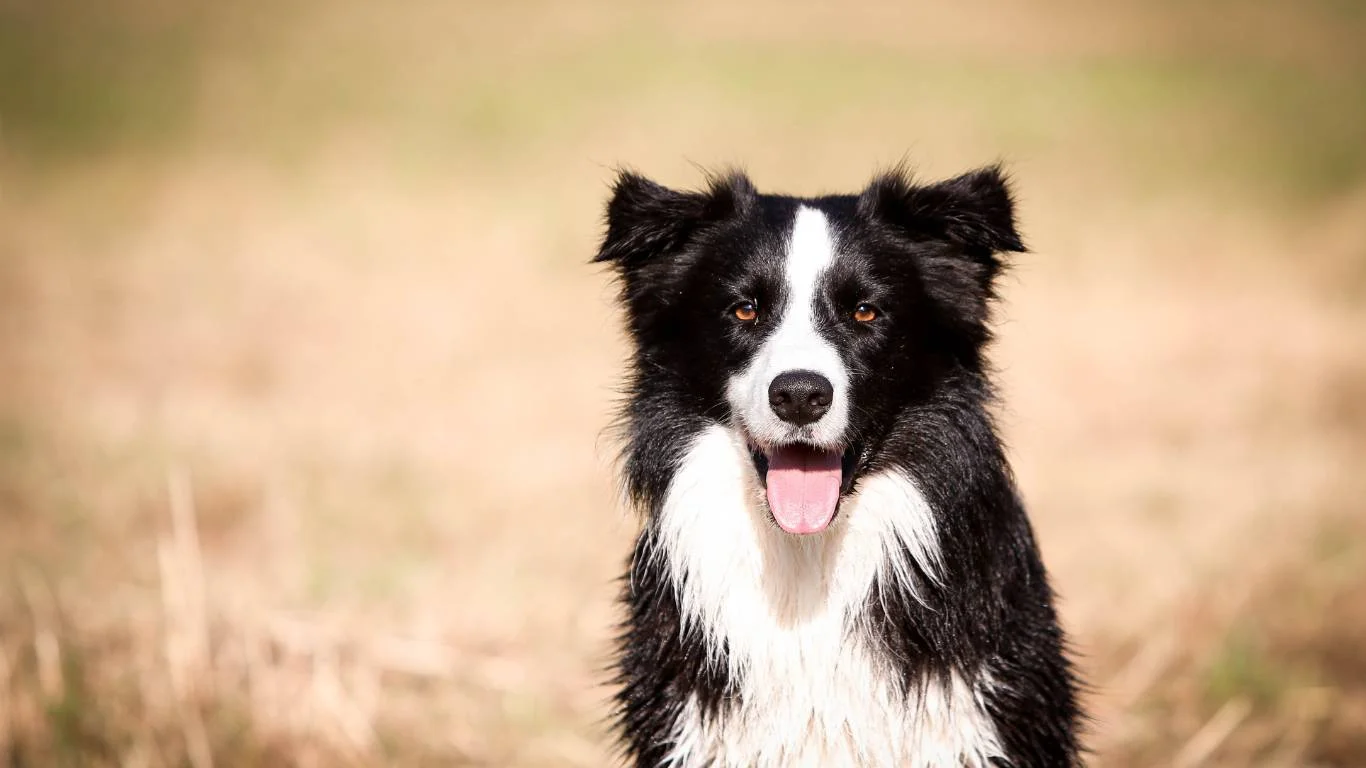
Proper pain management is a game-changer when it comes to recovery. Dogs are incredibly resilient, but that doesn’t mean they should suffer in silence. Pain can slow down healing and make your dog more restless.
Follow the Vet’s Instructions to a T
Every surgery comes with a pain management plan. You’ll likely get prescribed medications such as:
- NSAIDs (Non-Steroidal Anti-Inflammatory Drugs): Reduce pain and inflammation.
- Opioids: Used for more serious pain management (e.g., after orthopedic surgeries).
- Antibiotics: Prevent infections in the incision site.
Stick to the dosing schedule exactly as instructed. Skipping doses or stopping medication too soon can cause setbacks in recovery. If your dog shows side effects like vomiting, lethargy, or diarrhea, call your vet ASAP.
Natural Pain Relief Options
In addition to prescribed meds, you can try natural pain relief techniques:
- Cold compress: Helps reduce swelling and pain in the first 48 hours.
- Warm compress: Can be used after 48 hours to relax stiff muscles.
- CBD oil (vet-approved): Some dogs benefit from CBD for pain relief and relaxation.
- Calming supplements: Chamomile and valerian root can help soothe anxious pups.
During my time in veterinary clinics, I’ve seen pet parents underestimate the impact of proper pain control. Trust me, when your dog is comfortable, they heal much faster!
Nutrition: Fueling Your Dog’s Recovery
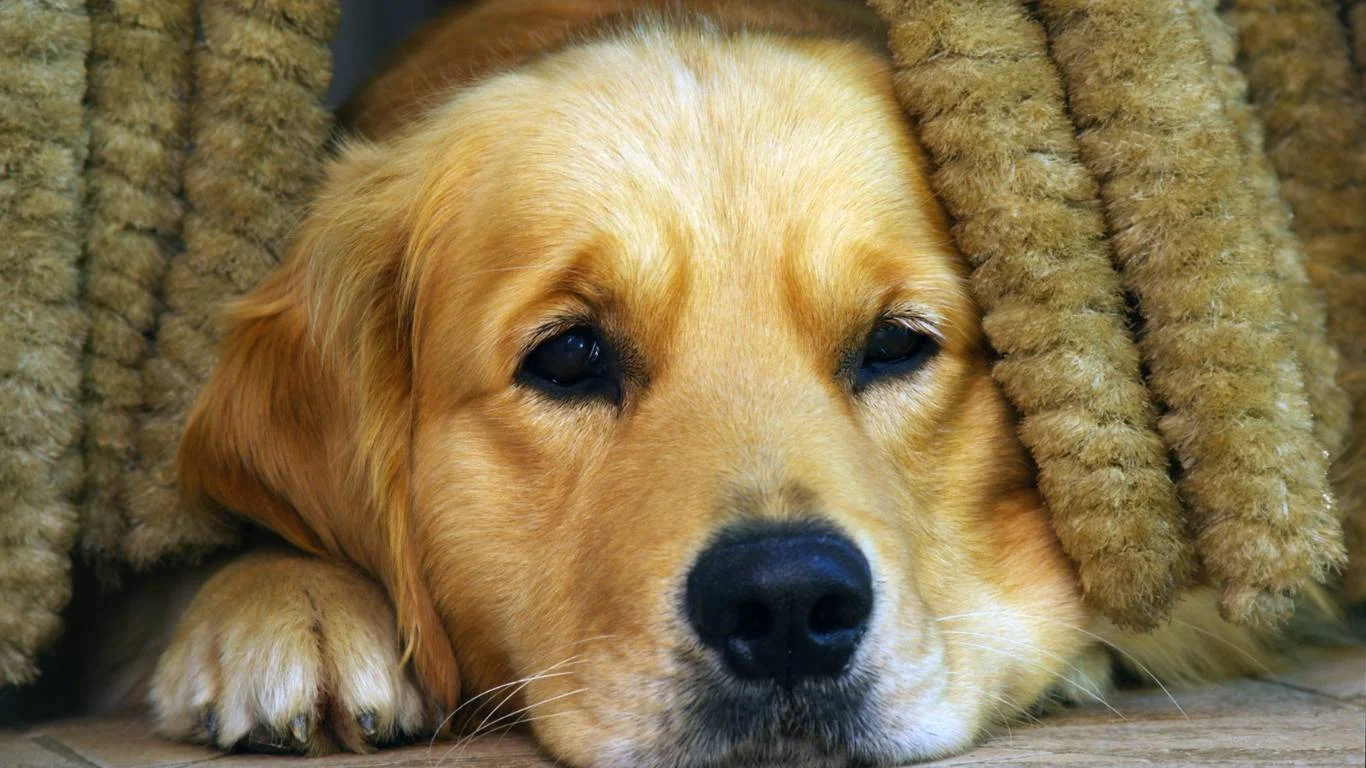
What your dog eats after surgery plays a huge role in how quickly they bounce back. Think of food as medicine—providing the right nutrients can speed up healing, strengthen their immune system, and give them the energy they need.
What to Feed a Dog After Surgery
Post-surgery, your pup might not have much of an appetite, especially in the first 24-48 hours. But once they’re ready to eat, focus on easy-to-digest, nutrient-rich foods. Here’s what I recommend:
- Lean proteins: Cooked chicken, turkey, or fish to support muscle repair.
- Bone broth: A gentle way to hydrate and provide essential minerals.
- Soft, digestible carbs: Mashed sweet potatoes, rice, or pumpkin for energy.
- Healthy fats: Omega-3s (from fish oil or flaxseed) to reduce inflammation.
- Probiotics: Help with digestion, especially if antibiotics are part of the recovery plan.
During my time working with post-op pets, I’ve seen how proper nutrition makes a dramatic difference. Dogs who get high-quality food heal faster and have fewer complications.
What to Avoid
Just as important as what to feed is what NOT to feed your recovering pup:
- Greasy or spicy foods: Can upset their stomach.
- Hard kibble: If they had dental surgery, soft foods are a must.
- Too many treats: Weight gain can slow down recovery.
- Human medications or supplements: Always check with your vet before adding anything new.
If your dog is refusing food for more than 48 hours, call your vet. Some dogs need a temporary appetite stimulant to get back on track.
Keeping Your Dog Calm & Rested
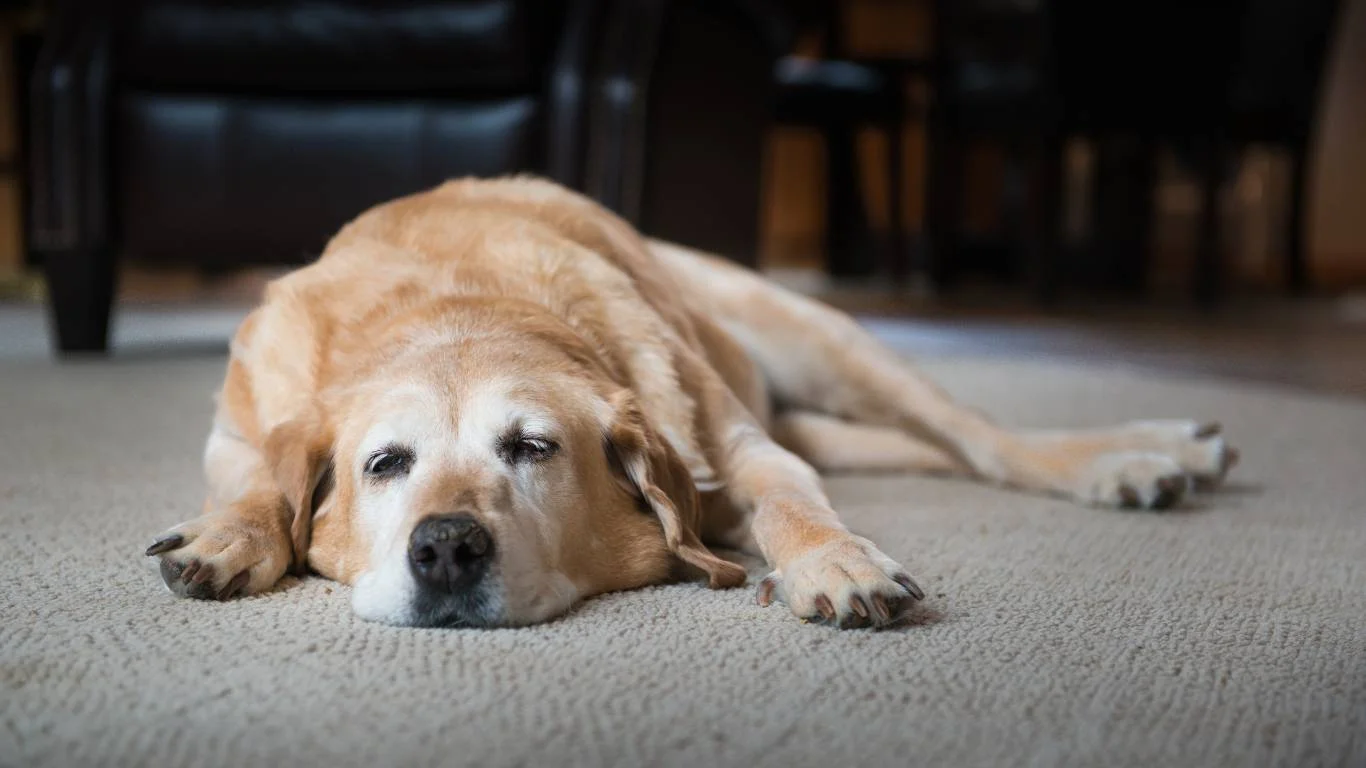
Rest is a key part of healing, but let’s be real—keeping a dog calm can be easier said than done. Some pups are content to nap all day, while others (especially young or high-energy dogs) will try to zoom around way too soon.
How to Encourage Rest
If your dog needs help settling down, try these tricks:
- Provide a comfy recovery zone: A quiet, cozy spot with soft bedding.
- Use a crate (if trained): Keeps them from running or jumping.
- Offer mental stimulation: Puzzle toys, treat-dispensing balls, or snuffle mats keep their mind busy while their body rests.
- Keep things calm: Avoid loud noises, too many visitors, or anything that gets them overly excited.
When I worked in vet clinics, I’d often remind pet parents that keeping a dog calm is just as important as wound care. Too much activity too soon can lead to stitches opening or delayed healing.
When to Use Sedatives or Calming Aids
Some dogs need extra help relaxing—especially anxious or hyperactive pups. If that’s the case, talk to your vet about safe options like:
- Prescription sedatives: For dogs that won’t stay still despite all efforts.
- Calming supplements: Melatonin, chamomile, and valerian root can be helpful.
- Pheromone diffusers (Adaptil): Releases calming scents to ease stress.
Every dog is different—some will naturally rest, while others need a little extra help. The key is finding what works best for your pup.
Monitoring the Surgical Site
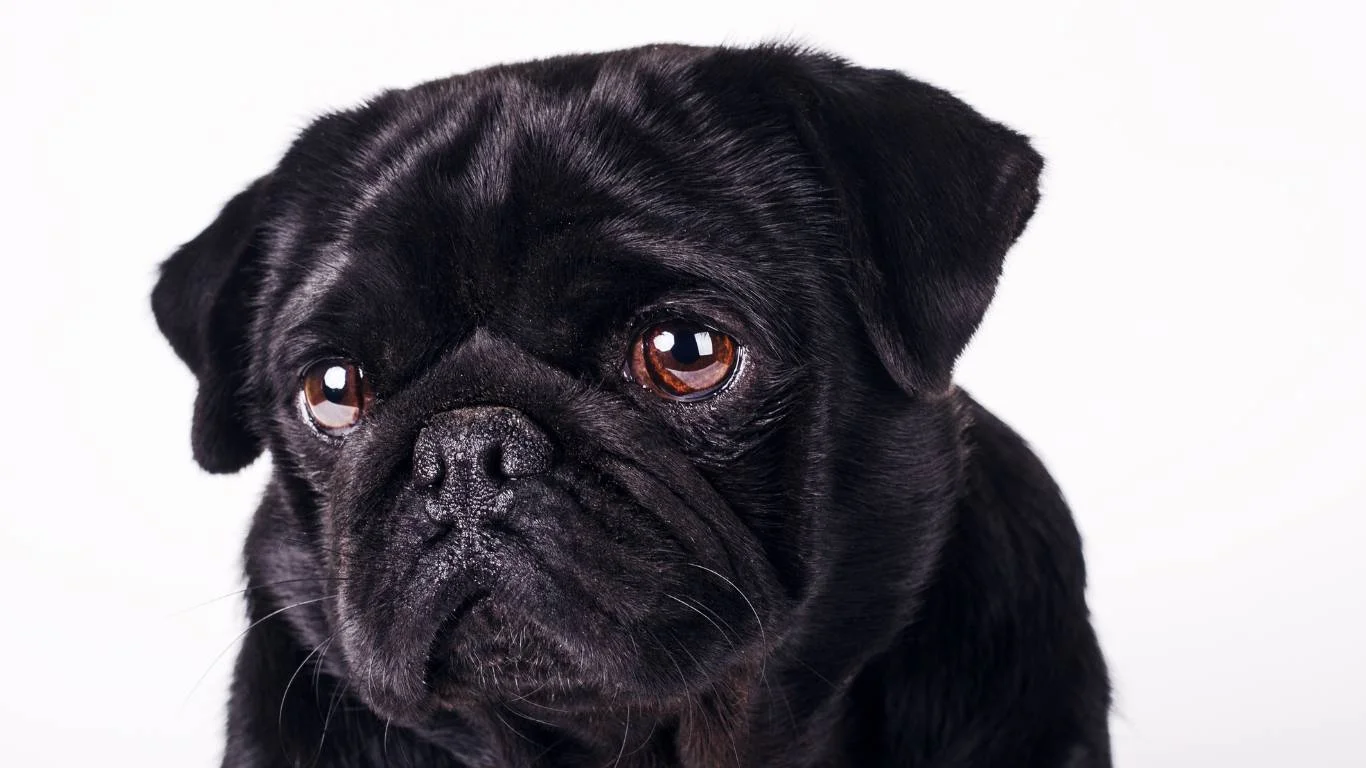
One of the biggest concerns after surgery is infection or complications at the incision site. Keeping a close eye on your dog’s stitches is crucial for spotting problems early.
What a Normal Incision Looks Like
In the first few days, mild redness, swelling, and a small amount of discharge can be normal. But here’s what a healthy incision should look like:
- Edges are closed and smooth.
- Minimal swelling.
- No excessive discharge or foul smell.
- No missing stitches.
Signs of Infection or Problems
Call your vet immediately if you notice:
- Excessive redness or swelling that gets worse instead of better.
- Thick, yellow, or green discharge (pus).
- Foul odor coming from the incision.
- Your dog excessively licking or chewing at the site (even with an e-collar).
- Open stitches or gaps in the incision.
How to Keep the Wound Clean
Most incisions don’t need much cleaning, but if your vet recommends it, use these steps:
- Wash your hands before touching the area.
- Use a vet-approved antiseptic (like diluted chlorhexidine) on a clean cotton pad.
- Pat gently—don’t rub or scrub.
- Keep it dry—no bathing until the vet gives the okay.
One of the most common issues I’ve seen in post-op dogs is pet parents accidentally over-cleaning the wound. Too much interference can slow healing, so only clean if necessary.
Case Studies & Real-Life Examples
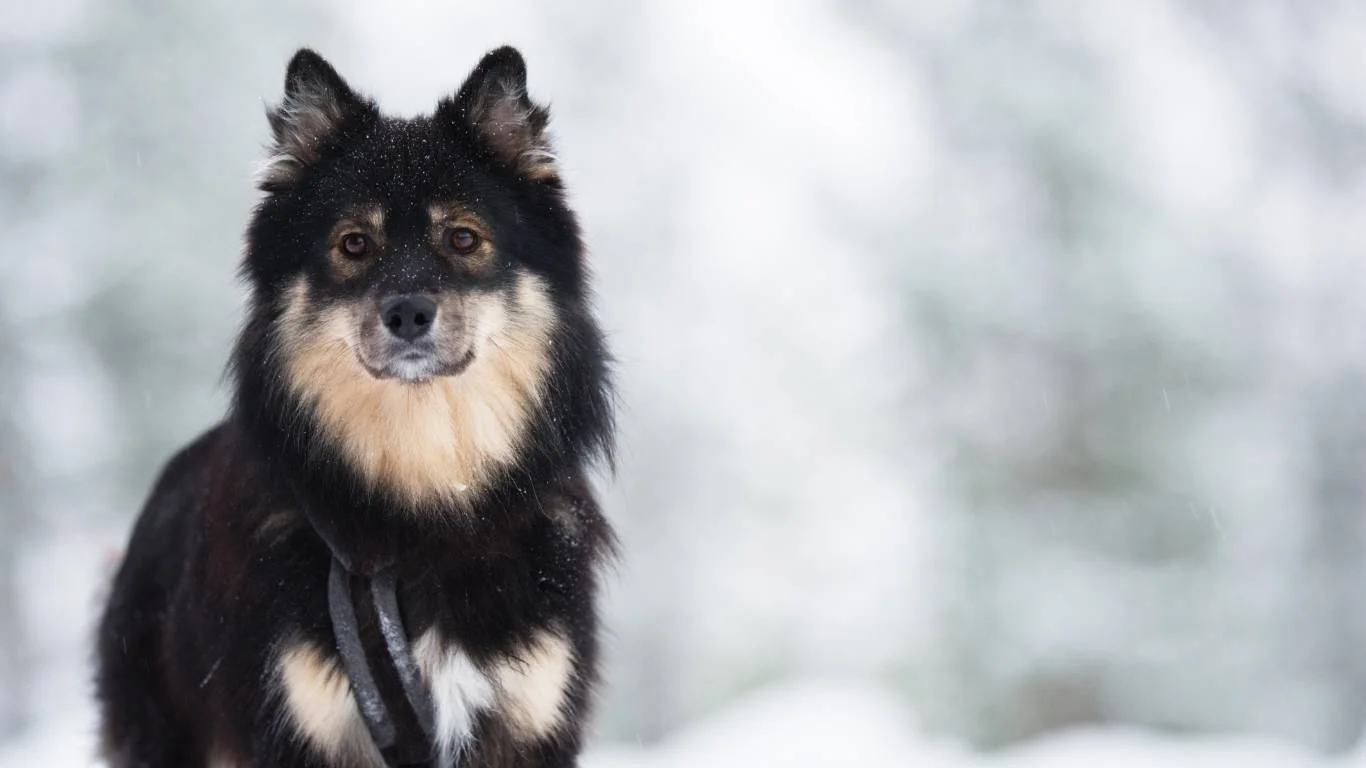
Let’s talk about real dogs—because every pup’s recovery journey is unique. Over the years, I’ve worked with all kinds of post-op cases, from routine spays to complex orthopedic surgeries. Here are two examples that stand out:
Max: The Energetic Labrador Who Needed Extra Help
Max, a 2-year-old Labrador, had TPLO surgery (a major knee operation). His biggest challenge? Too much energy. Despite strict rest orders, he would try to jump on the couch or sprint outside the moment his owners looked away.
Solution: His family used a crate-training method, increased his mental stimulation (with puzzle toys), and added calming chews to his routine. Within four weeks, he was healing beautifully.
Bella: The Senior Poodle with a Slow Recovery
At 10 years old, Bella had a tumor removed. Unlike Max, she had the opposite issue—she wasn’t eating and was lethargic. This delayed healing and had her owners extremely worried.
Solution: We adjusted her diet, adding bone broth, warmed-up meals, and appetite stimulants. She also needed extra TLC—her family carried her outside for potty breaks and made sure she had a warm, quiet space. After three weeks, Bella was back to her happy self.
Each dog is different. What works for one pup might not work for another, but the key is understanding their needs and adjusting their care accordingly.
Key Takeaways: What You Need to Remember
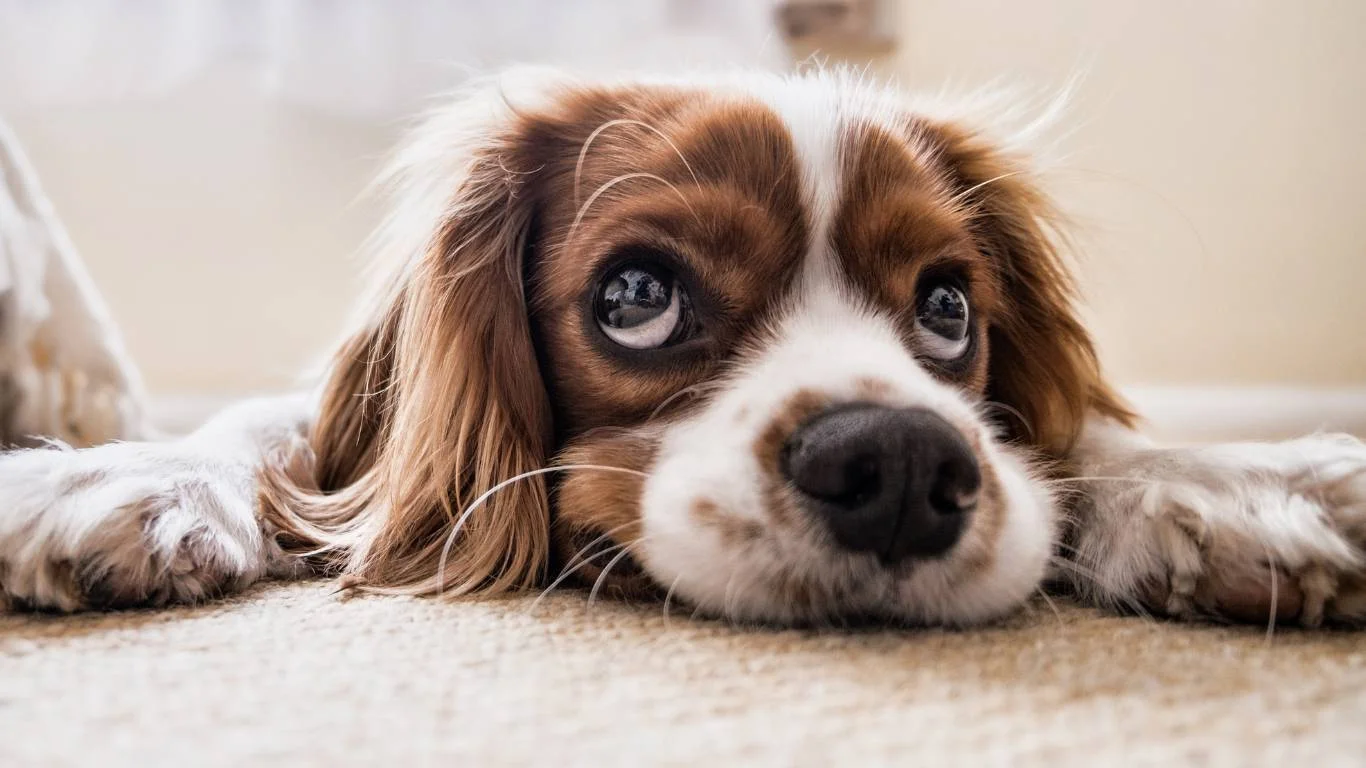
If you take away just a few things from this guide on how to help your dog recover from surgery faster, let it be these:
- Comfort is key: Create a stress-free, cozy space to help healing.
- Pain management matters: Stick to prescribed meds and use natural pain relief options.
- Nutrition speeds up recovery: High-quality, protein-rich meals fuel healing.
- Monitor the incision daily: Look out for swelling, discharge, or anything unusual.
- Limit movement: Too much activity too soon can set back recovery.
- Know when to call the vet: If something seems off, trust your instincts.
FAQs
How long does it take for a dog to recover from surgery?
It depends on the type of surgery. Minor procedures (like spays/neuters) take about 10-14 days, while major surgeries (like orthopedic procedures) can take 6-12 weeks.
How can I stop my dog from licking the incision?
The classic e-collar (cone) is the most effective solution, but some dogs prefer softer inflatable collars or recovery suits. If your pup keeps trying to lick, talk to your vet.
What if my dog won’t eat after surgery?
Try warming up their food, adding bone broth, or hand-feeding. If they still refuse food after 48 hours, call your vet.
Can I take my dog for a walk during recovery?
For most surgeries, strict rest is needed at first, but light leash walks may be okay after a few weeks. Always check with your vet first.
Bonus: Additional Resources & DIY Tips
Looking for more ways to help your pup heal? Here are some extra resources:
- DIY Recovery Bed: Use an old mattress topper or memory foam to create an orthopedic bed.
- Homemade Bone Broth Recipe: Simmer bones with water and apple cider vinegar for 24 hours for a nutrient-rich broth.
- Interactive Treat Toys: Stuff a Kong with soft food to keep your dog occupied without too much movement.
Appendix: References & Call to Action
References
Disclaimer
This article is for informational purposes only and does not replace veterinary advice. Always consult your vet for your dog’s specific needs.
Need More Help?
Still have questions about your dog’s recovery? Drop them in the comments or talk to your vet for personalized advice!
